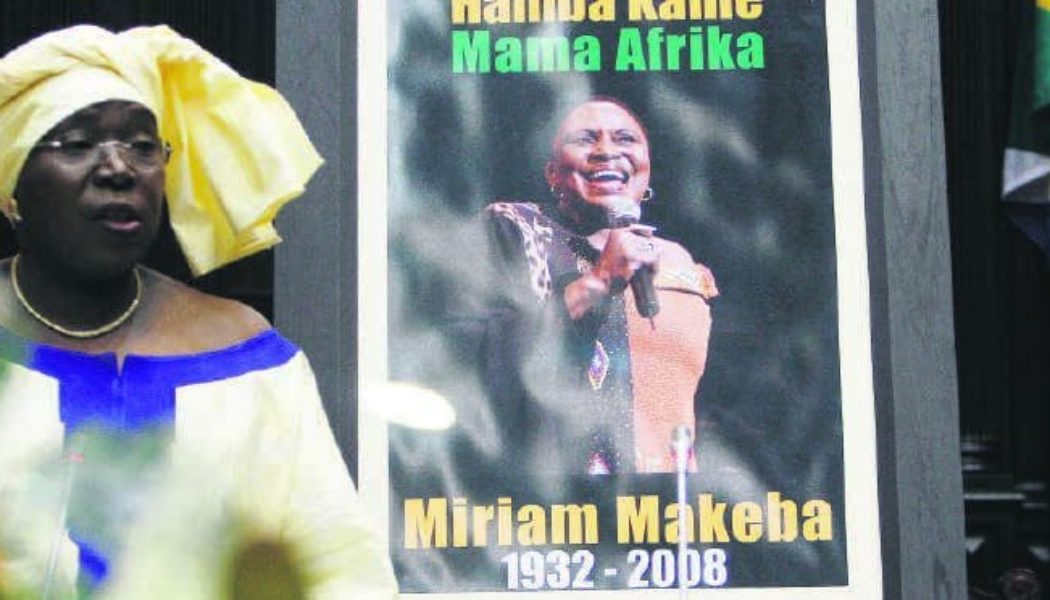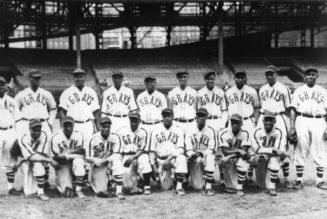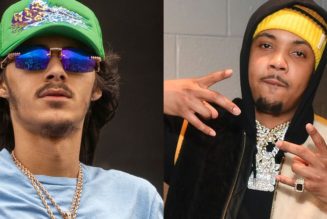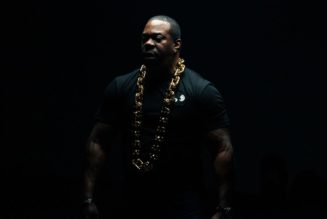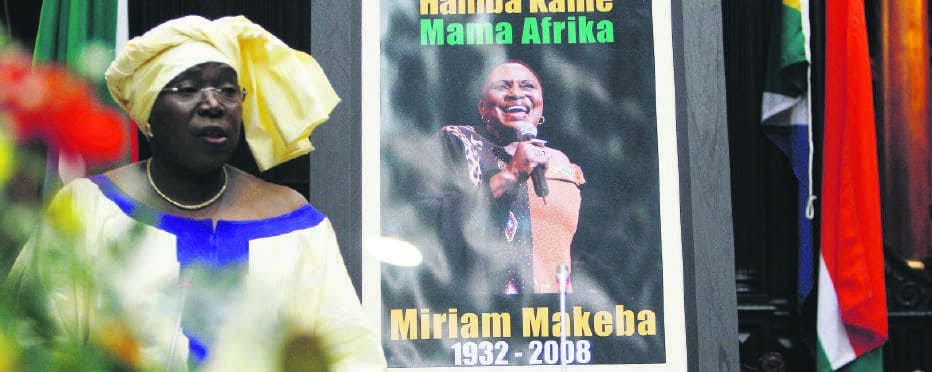
Despite adversity, Miriam Makeba’s talent shone through. She wowed audiences in SA and abroad, using her voice to speak out against apartheid.
Despite spending the first six months of her life in prison, Miriam Makeba went on to become a Grammy Award-winning musical superstar – and the voice of the liberation movement.
This excerpt from Chapter 10 of Legends: People Who Changed South Africa for the Better picks up her unlikely tale in 1956 when she was just 24.
‘In 1956, Makeba was one of thirty-six artists chosen to participate in African Jazz and Variety, a touring revue that showcased the best of black South African music to white South African audiences. (Blacks were allowed in on Thursday evenings, the one night most domestic workers were given off.)
ALSO READ: Zahara gone, but her music lives on
The legendary Bulawayo-born singer Dorothy Masuka topped the billing, closely followed by Sonny Pillay – an Indian crooner who’d ruffled feathers by entering into a very public relationship with Makeba.
Miriam Makeba was the last name mentioned on the promotional material. But she was able to see the bright side “at least they now put me above the ‘Others’”.
African Jazz and Variety was the brainchild of a white producer, but its cast still ran into the familiar apartheid problems.
Venues, public transport and restaurants were all segregated. While driving from Joburg to Cape Town, their bus was searched and a handgun was found. Makeba spent a week in jail until the gun’s owner eventually came forward.
Once again, Makeba rose above the noise. African Jazz and Variety became the first black show ever to play the Joburg City Hall. As luck would have it, Lionel Rogosin – an American filmmaker who was making a documentary about the evils of apartheid – was in the audience.
Out of all thirty-six performers, he felt Makeba was “the most original”. She made such an impression that he asked her to star in his film.
ALSO READ: Get Samro to pay artists, Ntsiki Mazwai asks public protector
All she had to do was play herself by singing two songs in a shebeen scene. Makeba was well aware of the perils of irking the apartheid regime.
But she later wrote, “Mr Rogosin is very persuasive. ‘Miriam,’ he tells me, ‘No one can expect a talent like yours to stay cooped up in South Africa forever. People all over the world will see and hear you sing in my film.’”
He promised to take her with him on the film’s promotional tour – and he urged her to apply for a passport. Rogosin called his film Come Back, Africa, a direct translation of the ANC slogan and song Mayibuye, Afrika.
To avoid police attention, all the filming was done in the middle of the night. The film is about a migrant gold miner who forgets (or does he refuse?) to call white people baas and ends up being fired from one job after the other.
Makeba did her short scene and forgot about it. She had more important things to worry about, like playing one of the leading roles in King Kong, a jazz musical with an all-black cast that was based on the tragic life of the South African boxer, Ezekiel Dlamini.
It’s hard to overstate what a big deal King Kong is in the history of South African theatre. The show opened on 2 February 1959 at the Wits University Great Hall (a venue chosen because the university wasn’t subject to segregation laws) to an audience that included the mayor of Joburg, a host of mining moguls, and Nelson and Winnie Mandela.
Makeba performed with a badly sprained ankle, in a shoe several sizes too large, but no one seemed to notice. The Star called it “the greatest thrill in 20 years of South African theatre-going”.
And Mandela himself congratulated Todd Matshikiza, who wrote the music and lyrics, on “weaving a subtle message of support for the Treason Trial leaders into the opening anthem”. Towards the end of King Kong’s Joburg run, Makeba collapsed while walking past the city’s General Hospital.
READ MORE: Mandoza producer says Gupta-linked cabal is trying to capture Samro
In true apartheid style, she was driven twenty kilometres to Nokuphila, a black township hospital, where she spent two days in a coma. When she woke up, the doctors told her she’d had an ectopic pregnancy.
The embryo had burst inside one of her fallopian tubes and she was lucky to be alive. But the show, as they say, must go on.
A few days later she was on stage again – this time in Cape Town. King Kong also played in Durban and Port Elizabeth, but the Pretoria City Council and the University of Pretoria refused to make any of their venues available.
The apartheid stooges at the Afrikaanse Kultuuraad did have the “good grace” to add that “they did not want to stand in the path of the Bantu in the development of his culture – if (in the instance concerned) it could be called ‘culture’”.
In total, more than 200 000 South Africans saw King Kong, around two-thirds of them white. As jazz historian Gwen Ansell explains, the script was written with them in mind: “King Kong contains every stereotype: the overphysicalised boxer; the oversexualised shebeen queen; the knife fight; the cute boys playing kwela pennywhistle; the Runyonesque gangsters – and again, the bad end of a city black man.
ALSO READ: Makeba’s hit ‘Pata Pata’ relaunched to fight coronavirus
For liberal white audiences it must have been immensely comforting, allowing them to admire the talent of the black cast… while not really challenging the cartoon of township life that conventional wisdom drew on.”
In early 1960, King Kong went global with a politically watered-down version of the production proving a massive hit in London’s West End.
But by then, Miriam Makeba was already a household name in the US of A, who counted Harry Belafonte, Sydney Poitier and Nina Simone as friends.
• Legends: People Who Changed South Africa for the Better is written by Matthew Blackman and Nick Dall and published by Penguin Random House SA.
